1. Get the right temp
This is really critical.
First you need a good thermometer which can get an accurate reading within 2-3 seconds. Here is an article I wrote specifically about thermometers.
Brats
It is easy to overcook a brat - just don't do it. Even the ever popular boiling in beer gets the fats and meat too hot for an ideal texture and flavor.
All our brats are pre-cooked at an ideal temp. Your goal is to sear the outside and bring them up to a comfortable temp for eating. If they are cooked at too high of heat for too long, they may burst and lose the fat and juices causing flare ups and a dry brat.
I usually have a fairly high heat, but turn them once a side starts to crisp up. I shoot for around 145-150 degrees before removing them from the grill since I know they are already fully cooked.

Hamburgers
Consumers are told to cook ground beef to 160+ degrees; however food code for restaurants require a cook to 155 degrees and hold that temp for 15 seconds.
If you have an accurate thermometer, I like to shoot for that 155 degrees on the burger and then place them in a small covered container so they can rest/stay at that temp for 3-5 minutes.
Chicken
I recommend 175 - 185 for thighs and 160 for breasts. Most of the cook time is spent skin down to get it super crispy.

Steaks
A few degrees makes a big difference with steaks. I used to be in the more medium-rare minus camp; however, after taste testing lots of grass fed steaks from different farms I feel a bit more well done is better. I think the ideal texture is closer to medium - at least for most grass fed steaks.
I also generally prefer to not sous vide steaks, but it is harder to get the texture just right without a sous vide so there is a trade off and I switch it up based on how precise I feel like being that day or how much I planned ahead.
I shoot for about 135 degrees on steaks after the rest, but I often have temps closer to 140 with great results. If I overshot the temp a bit, I just make a point of cutting the steak faster rather than let it coast up to my final temp in the rest.
Pork Chops
Pork chops really need a different temp than most people's default. Pork chops which have been frozen are safer to cook at lower temps than chops which have always been fresh.
I also think pork chops are more suited for the sous vide than steaks. I shoot for 138 degrees via the sous vide or on the grill


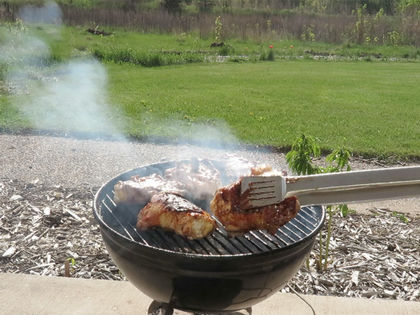
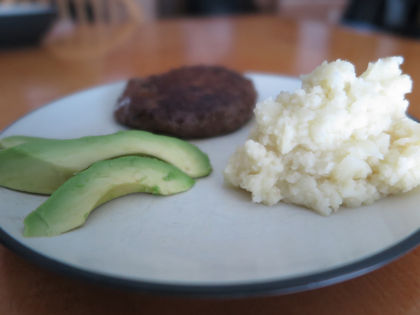
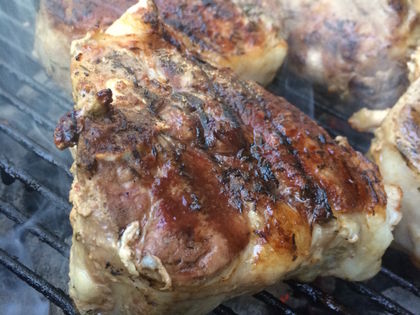
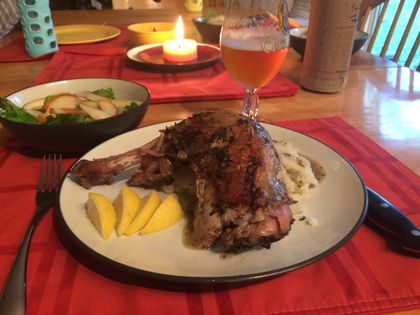

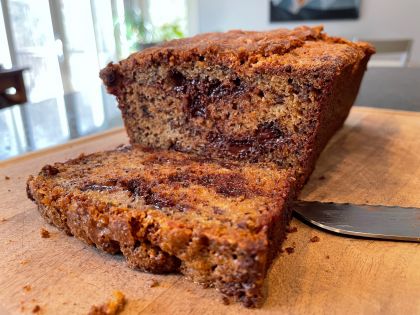







Comments (0)
Add a Comment
Add a Comment